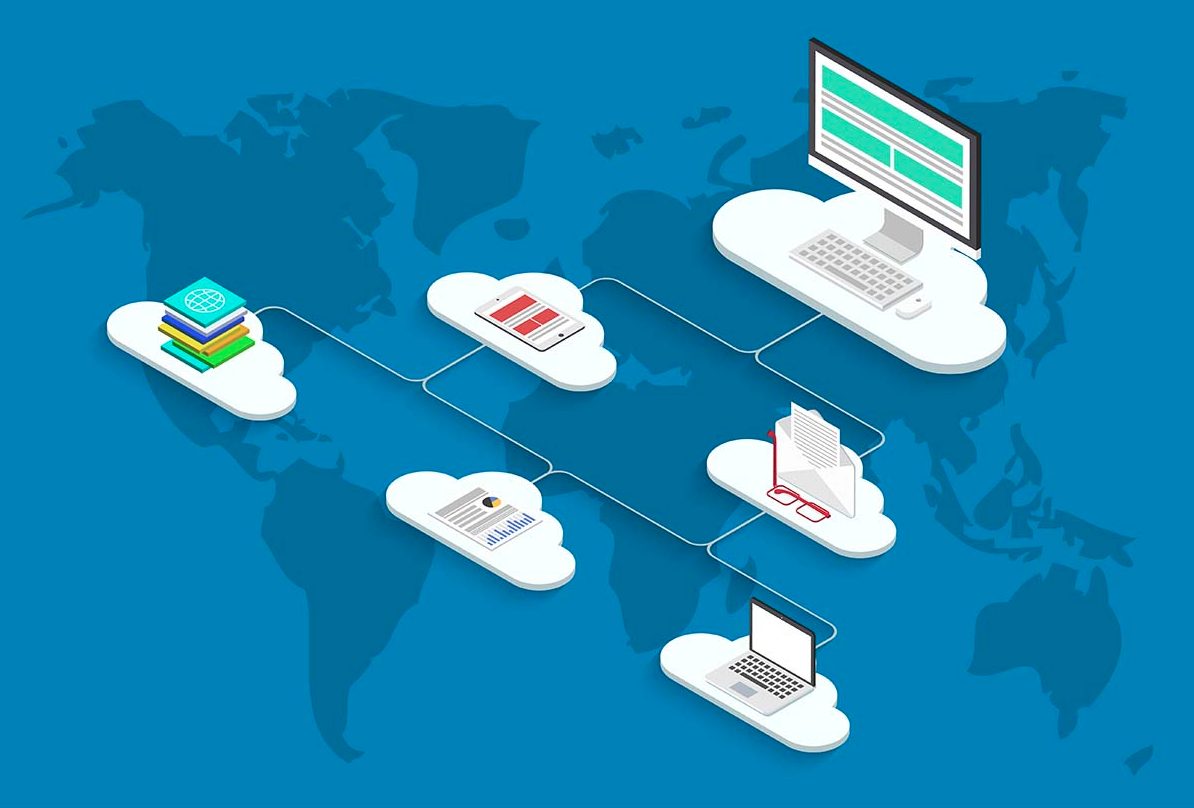Cost Savings and Efficiency: How DaaS Solutions Can Optimize Your IT Operations
In today’s fast-paced business world, organizations are always seeking ways to optimize their IT operations and reduce costs. One innovative solution that is gaining traction is Desktop-as-a-Service (DaaS). DaaS offers businesses the ability to virtualize their desktops, moving the traditional on-premises infrastructure to the cloud. This shift can lead to significant cost savings and improved efficiency. In this article, we will explore how DaaS solutions can streamline your IT processes and enhance overall productivity.
1. Reduced Capital Expenditure
One of the primary benefits of implementing DaaS solutions is the reduction in capital expenditure (CapEx). Traditional desktop setups require businesses to purchase and maintain expensive hardware, including servers, desktops, and networking equipment. DaaS, on the other hand, eliminates the need for purchasing physical devices, as virtual desktops are hosted in the cloud.
| Traditional IT Setup | DaaS Setup |
|---|---|
| Requires upfront hardware investment | No upfront hardware costs, pay-as-you-go model |
| Ongoing maintenance and upgrades | Service provider manages maintenance and upgrades |
| Higher energy consumption due to physical servers | Reduced energy usage with cloud hosting |
By opting for a cloud-based desktop solution, businesses can focus their budget on more strategic investments, reducing the financial burden of maintaining on-premise hardware.
2. Lower IT Management Costs
With DaaS, businesses can significantly reduce the need for extensive internal IT resources. Traditional IT environments often require dedicated IT teams to handle updates, troubleshooting, hardware repairs, and more. In contrast, DaaS providers manage the infrastructure and ensure regular updates, software installations, and security patches.
| Traditional IT Management | DaaS Management |
|---|---|
| Requires in-house IT staff for support | Outsourced IT management to service provider |
| Frequent software and hardware upgrades | Automatic software and security updates |
| Downtime for maintenance and troubleshooting | Continuous service availability with minimal downtime |
The managed nature of DaaS means businesses can allocate their IT team to more critical tasks, leading to better resource utilization and cost efficiency.
3. Scalability and Flexibility
DaaS solutions provide businesses with the flexibility to scale up or down according to their needs. As your company grows or undergoes seasonal fluctuations, adding new virtual desktops can be done quickly and easily without the need for additional hardware or complex installations. This scalability allows businesses to avoid over-investing in resources they don’t need and to pay only for what they use.
| Traditional IT Infrastructure | DaaS Infrastructure |
|---|---|
| Limited flexibility to scale up | Easily add or remove virtual desktops as needed |
| High costs for unused hardware | Only pay for active virtual desktops |
| Extended deployment times | Rapid deployment of new virtual desktops |
This scalability also helps optimize costs by aligning your IT infrastructure directly with your business needs.
4. Enhanced Security and Compliance
Security is a significant concern for any organization, and DaaS offers built-in features to address these challenges. With virtual desktops stored in the cloud, sensitive data is not stored on local devices, reducing the risk of data loss or theft. Leading DaaS providers also offer robust security protocols, including data encryption, multi-factor authentication, and real-time threat detection.
| Traditional IT Security | DaaS Security Features |
|---|---|
| Risk of data loss on local devices | Centralized data storage in secure data centers |
| Reliance on in-house security | Advanced encryption, firewalls, and security monitoring |
| Regular manual backups | Automated backups with disaster recovery options |
Additionally, many DaaS providers adhere to industry-specific compliance standards, ensuring your organization meets regulatory requirements without extra effort.
5. Increased Employee Productivity
DaaS enhances employee productivity by allowing workers to access their virtual desktop from anywhere with an internet connection. This remote accessibility is particularly valuable for businesses with remote or distributed teams. Furthermore, the cloud-based model ensures that all employees are using the same, up-to-date software and configurations, leading to fewer technical disruptions.
| Traditional Office Setup | DaaS Remote Setup |
|---|---|
| Requires physical presence at the office | Access desktops from anywhere, anytime |
| Inconsistent software versions | Consistent, up-to-date software for all users |
| Potential downtime due to system issues | High availability with cloud-based solutions |
By offering flexibility and reducing system downtime, DaaS boosts overall efficiency and enables employees to work more productively.
Conclusion
DaaS solutions provide businesses with an effective way to reduce costs while improving efficiency, security, and scalability. By moving away from traditional desktop setups, organizations can eliminate large capital expenditures, streamline IT management, and enhance the overall employee experience. Whether you’re a small business or a large enterprise, DaaS can optimize your IT operations, allowing you to focus on growth and innovation while leaving the infrastructure management to the experts.
For companies looking to optimize their IT environments, Desktop-as-a-Service presents a compelling solution that drives both short-term and long-term cost savings.
Explore

Best High-Yield Savings Accounts for 2025: Maximize Your Savings Potential

The Ultimate Guide to Multi-Cloud Management: Streamlining Operations Across Diverse Cloud Environments

Reap the Rewards: Open a Savings Account Online Today

Donate Car to Charity: How Your Vehicle Can Make a Difference

AI Tools for Small Business Growth: Transforming Efficiency and Productivity

How Small Businesses Can Leverage AI in Communication Systems

Transform Your Business with IT Cloud Solutions: Benefits, Challenges, and Best Practices

Effective Customer Support Solutions for Small Businesses
